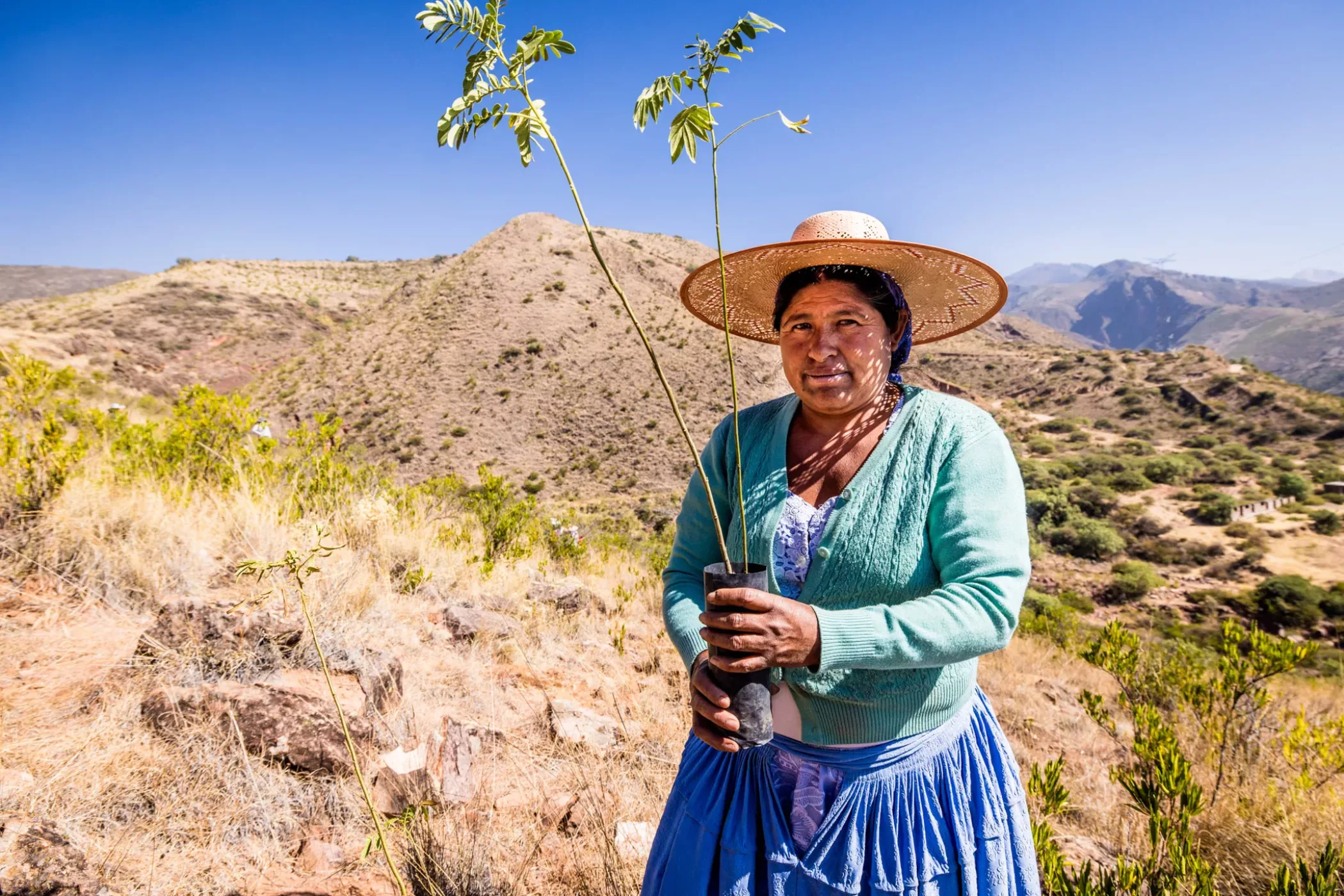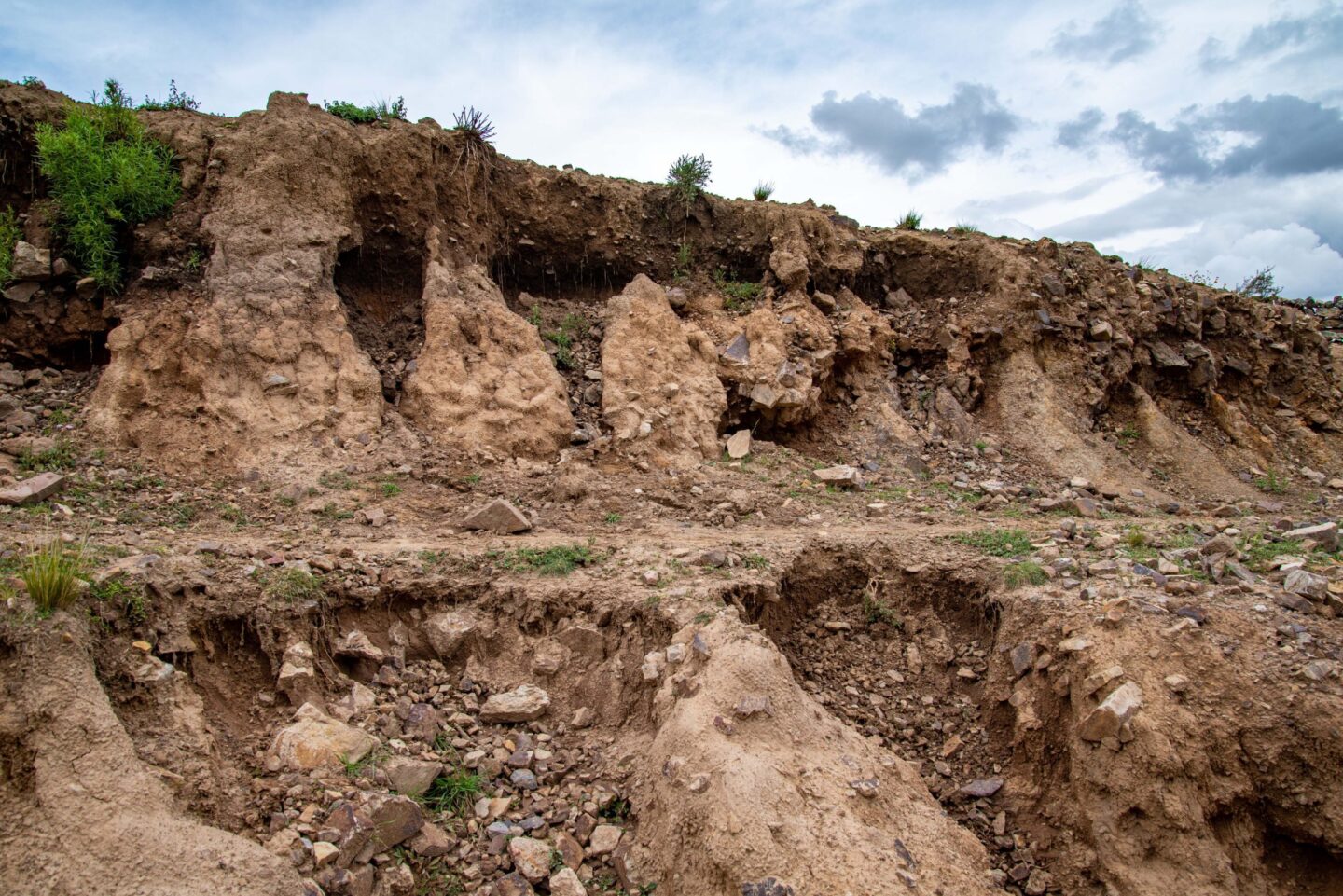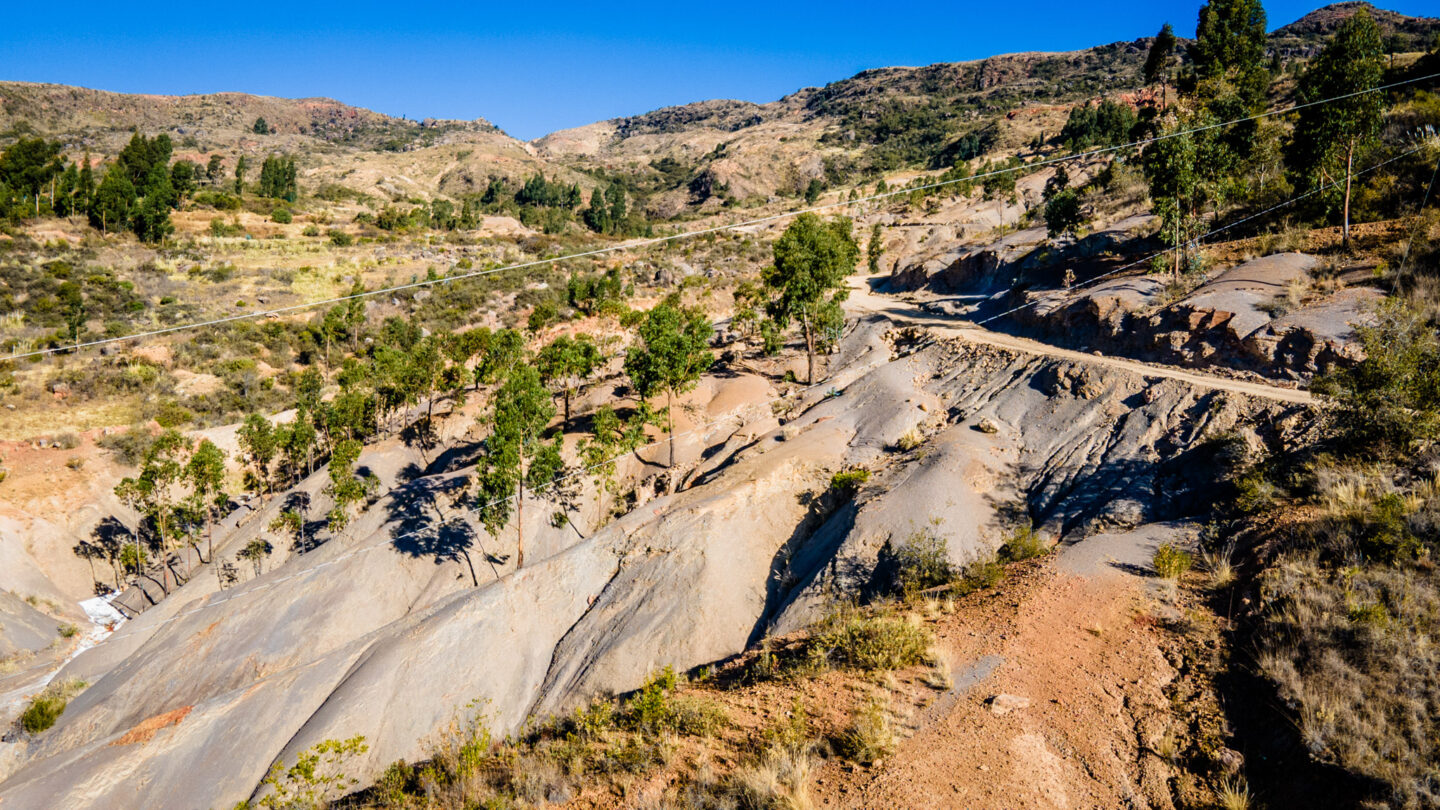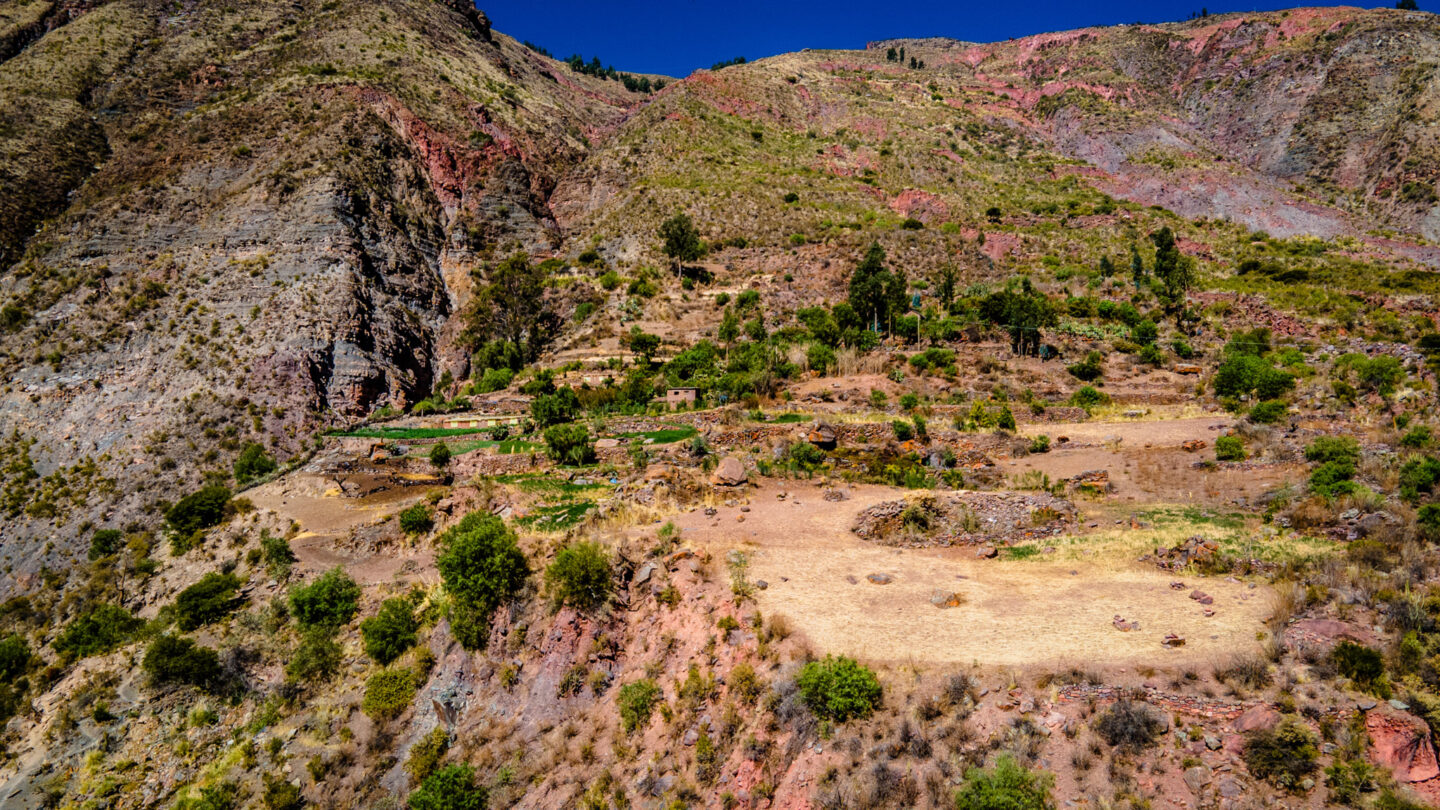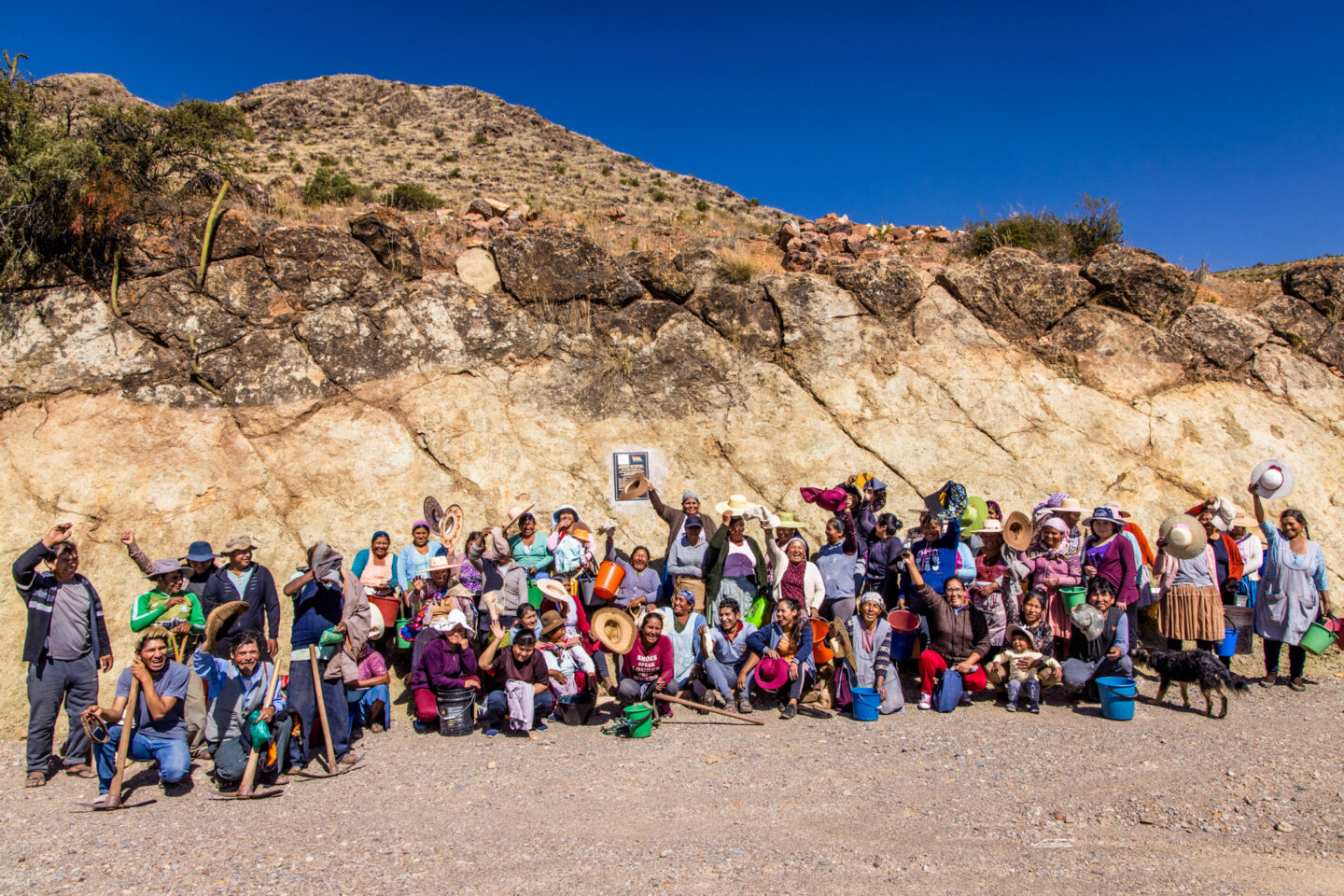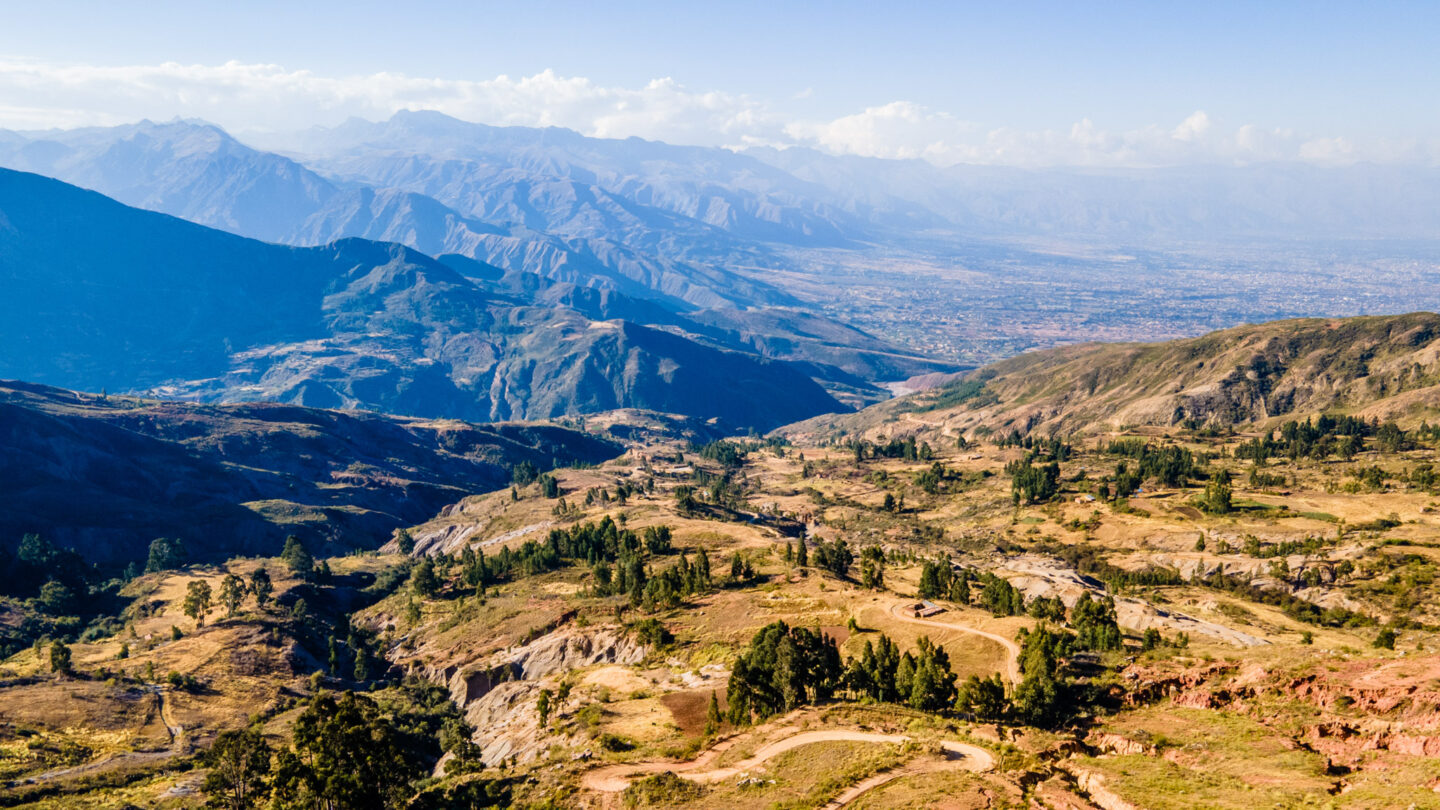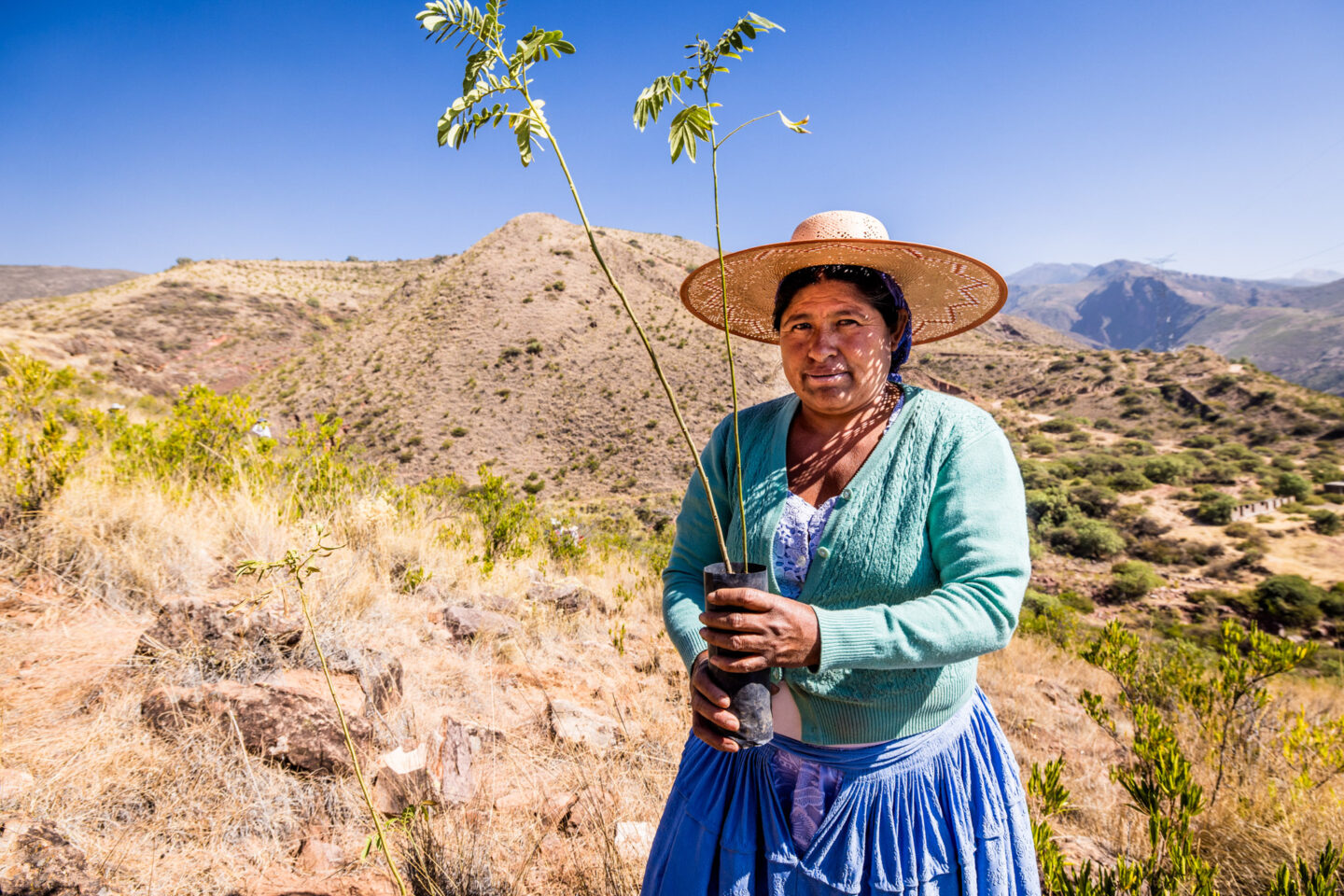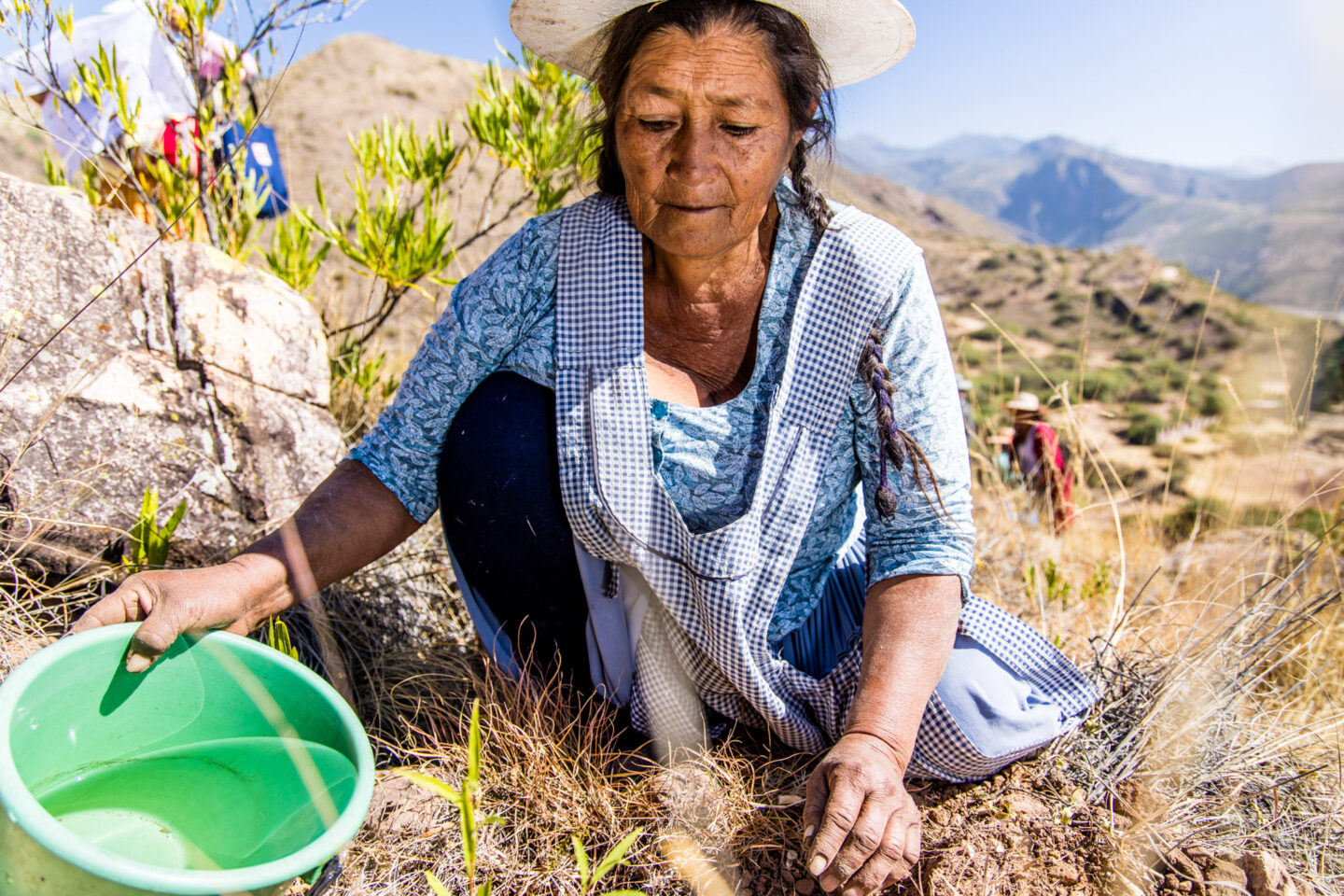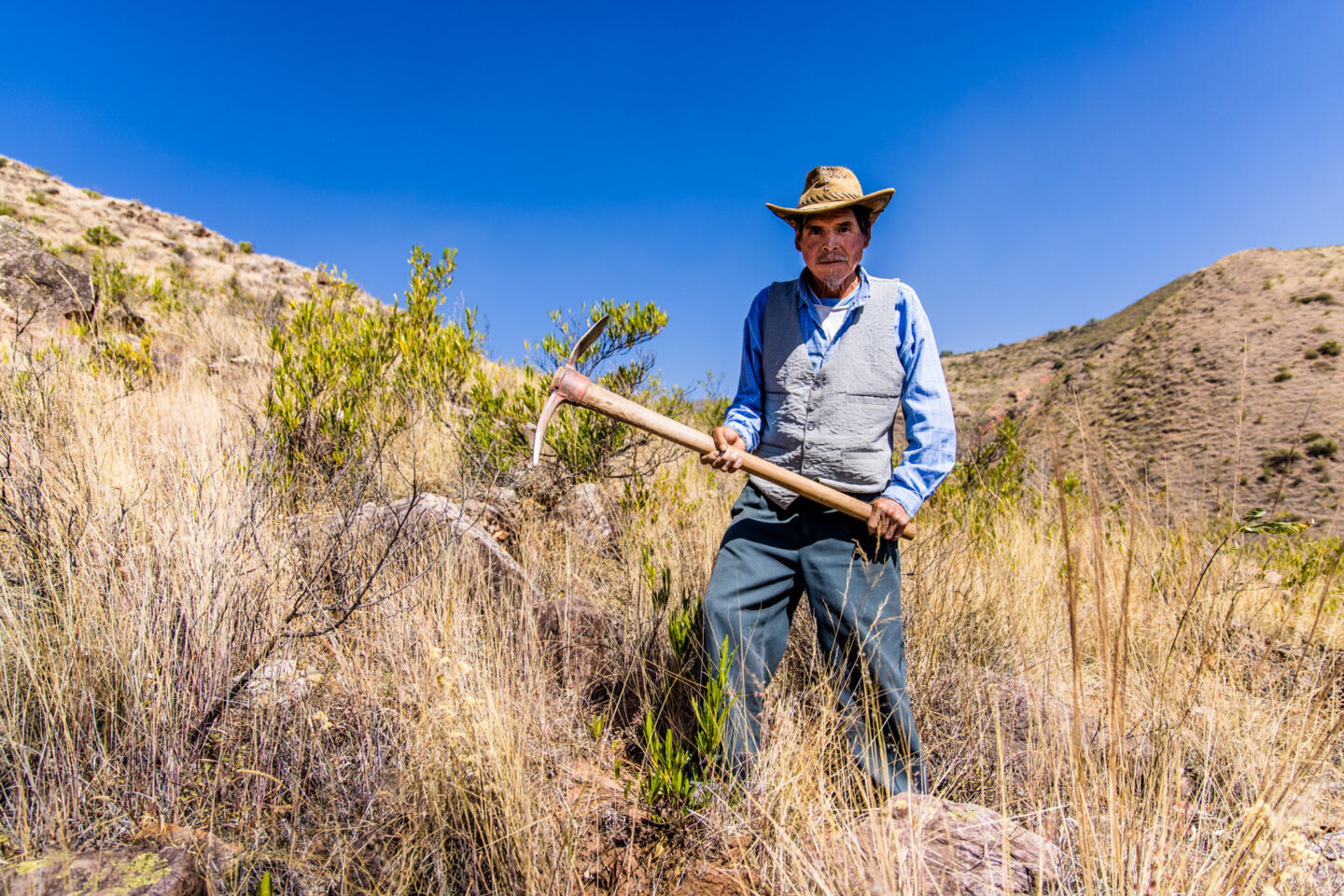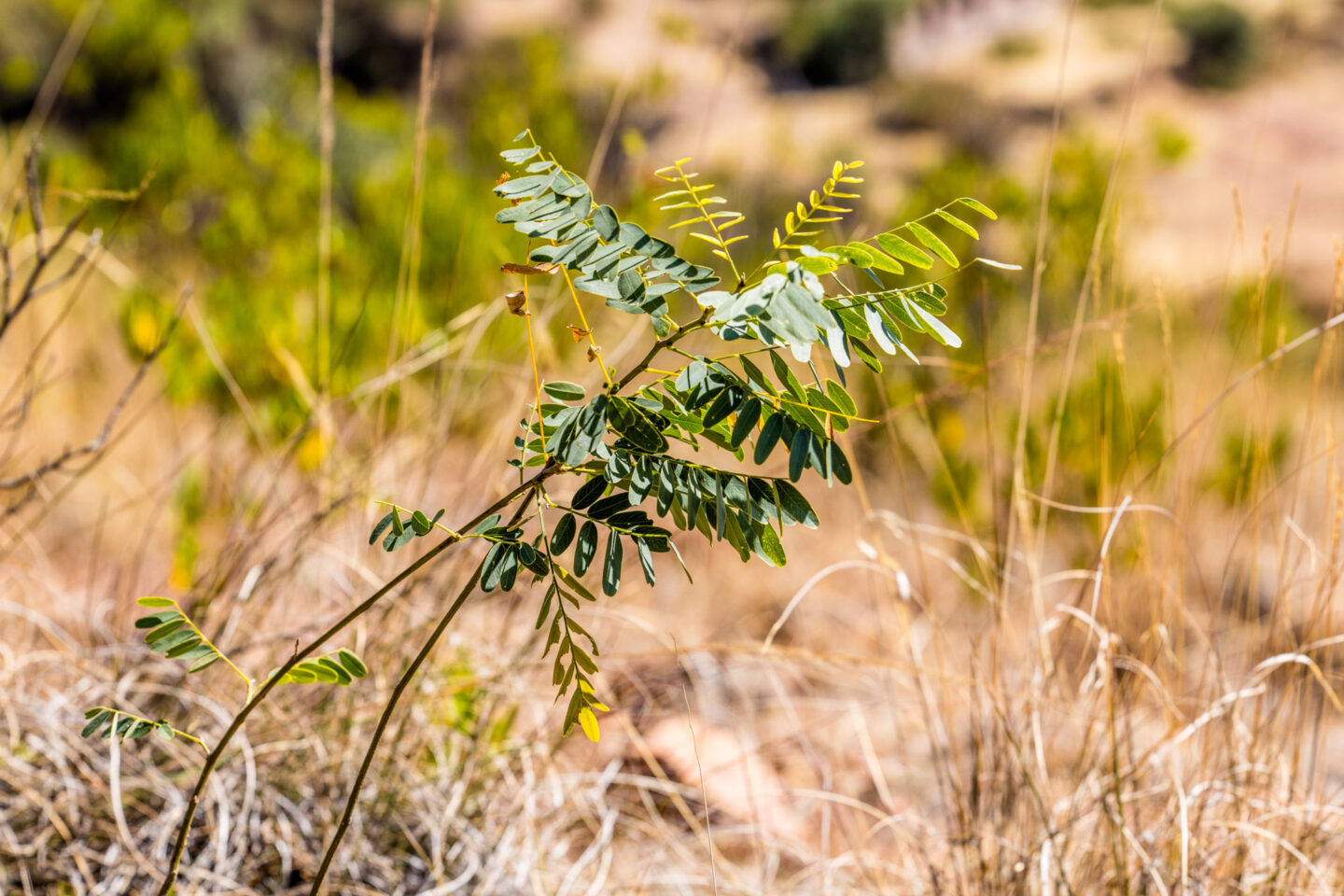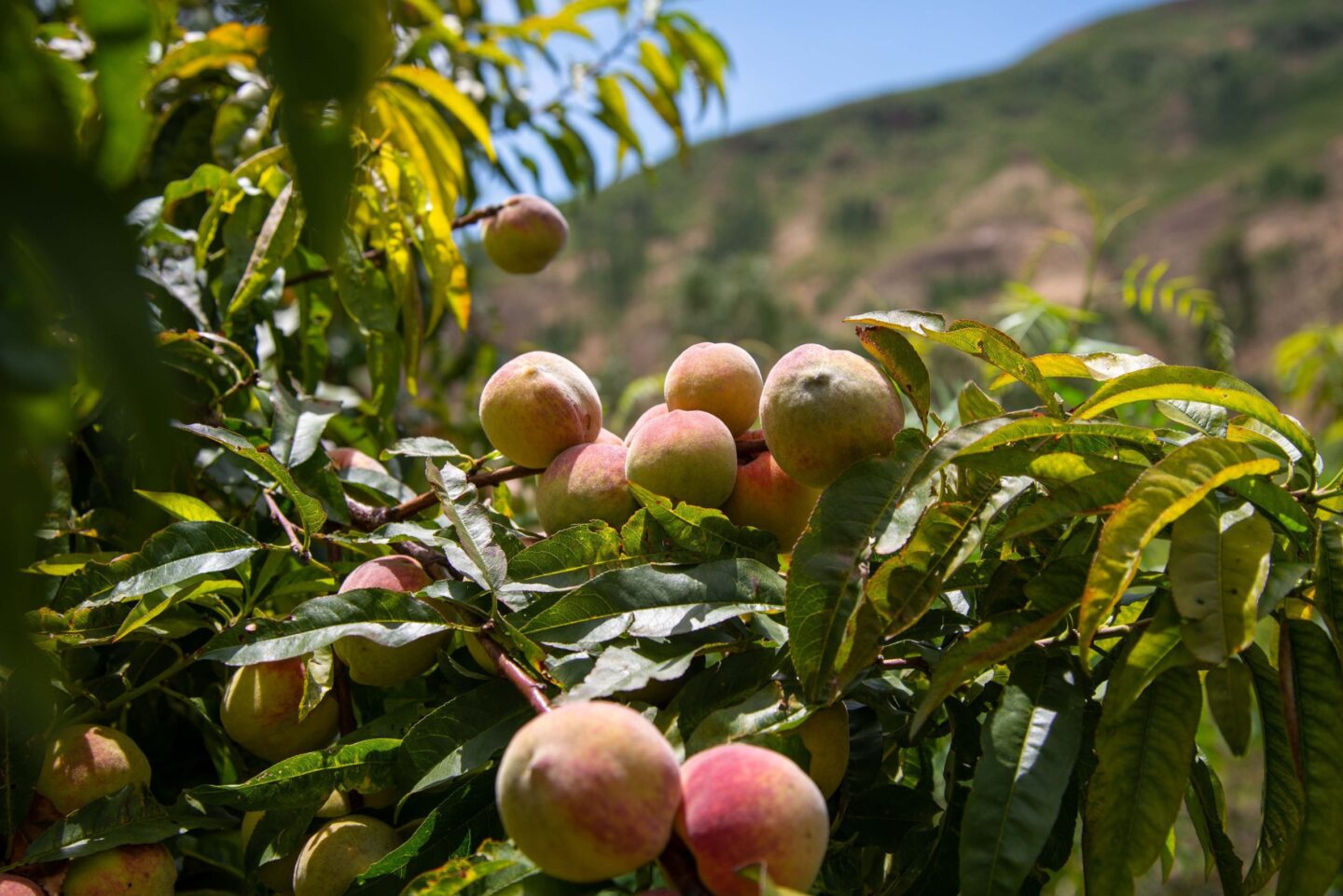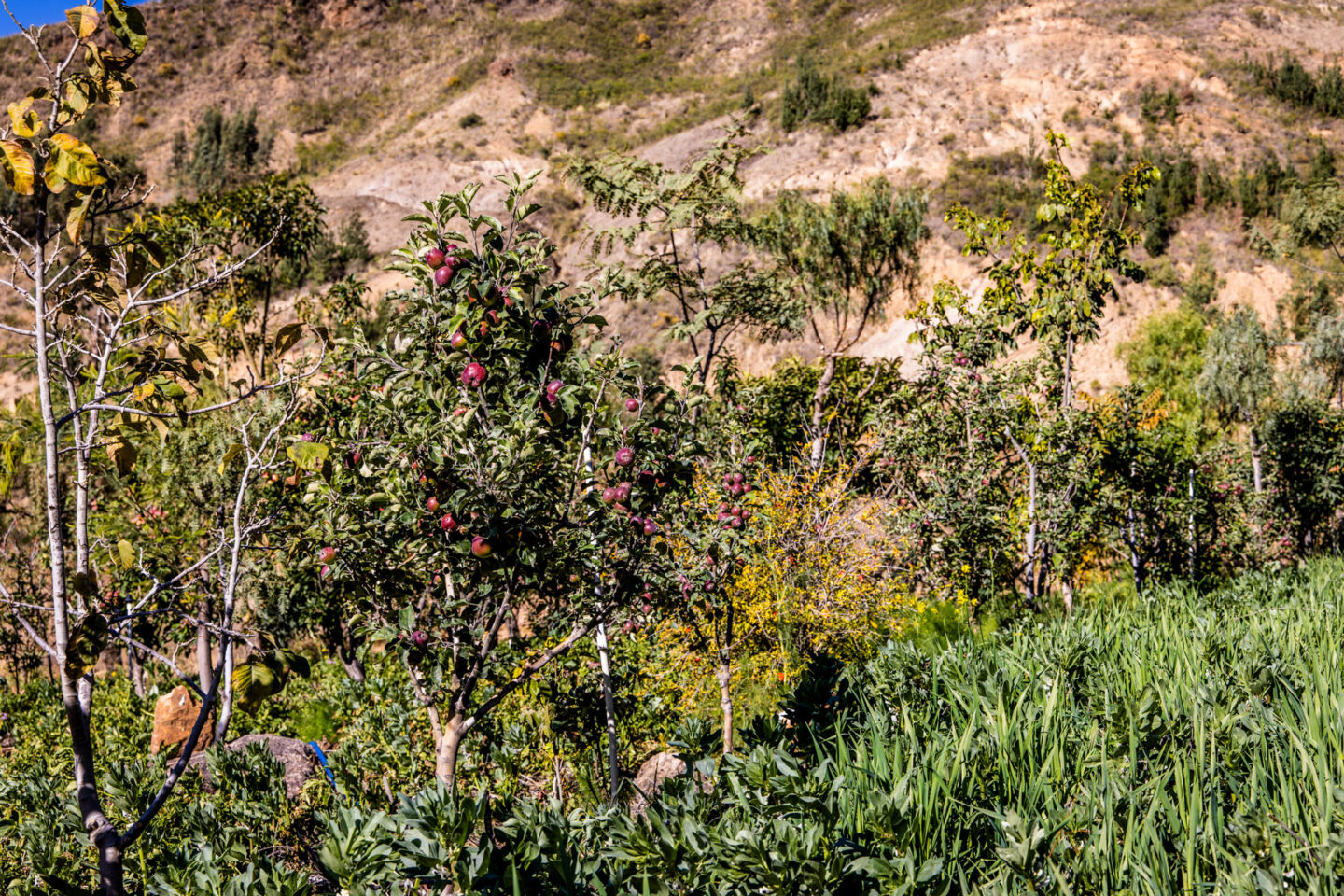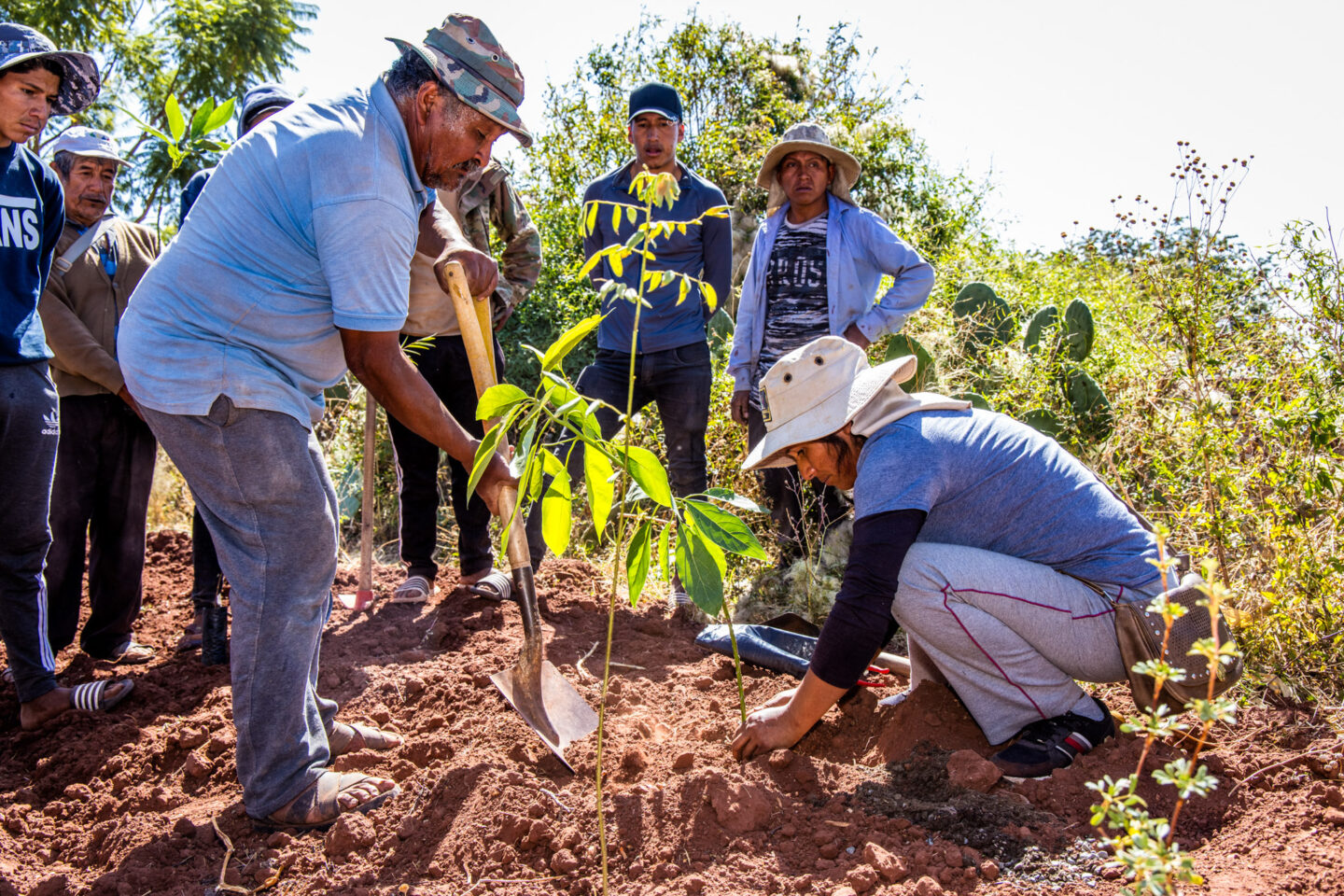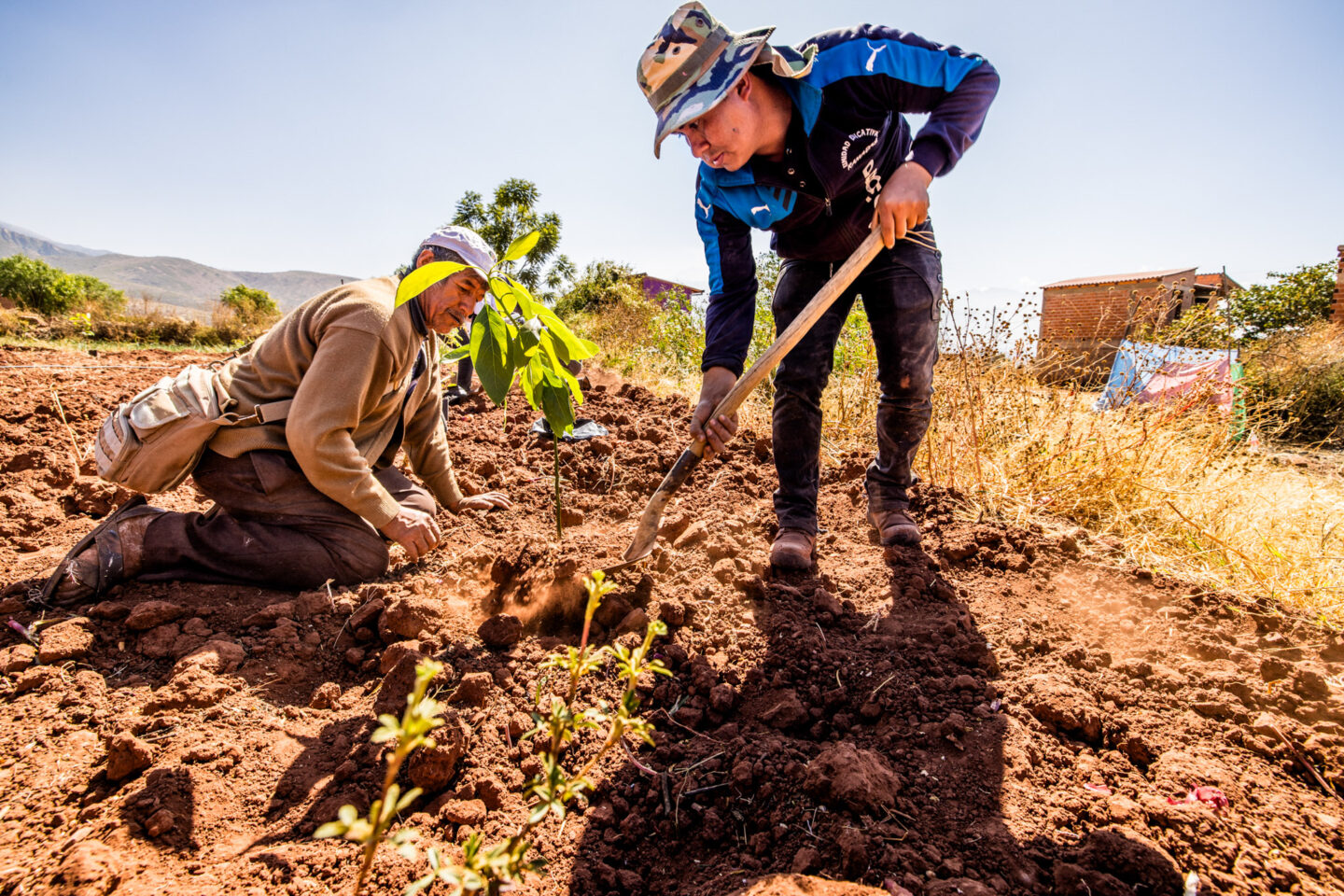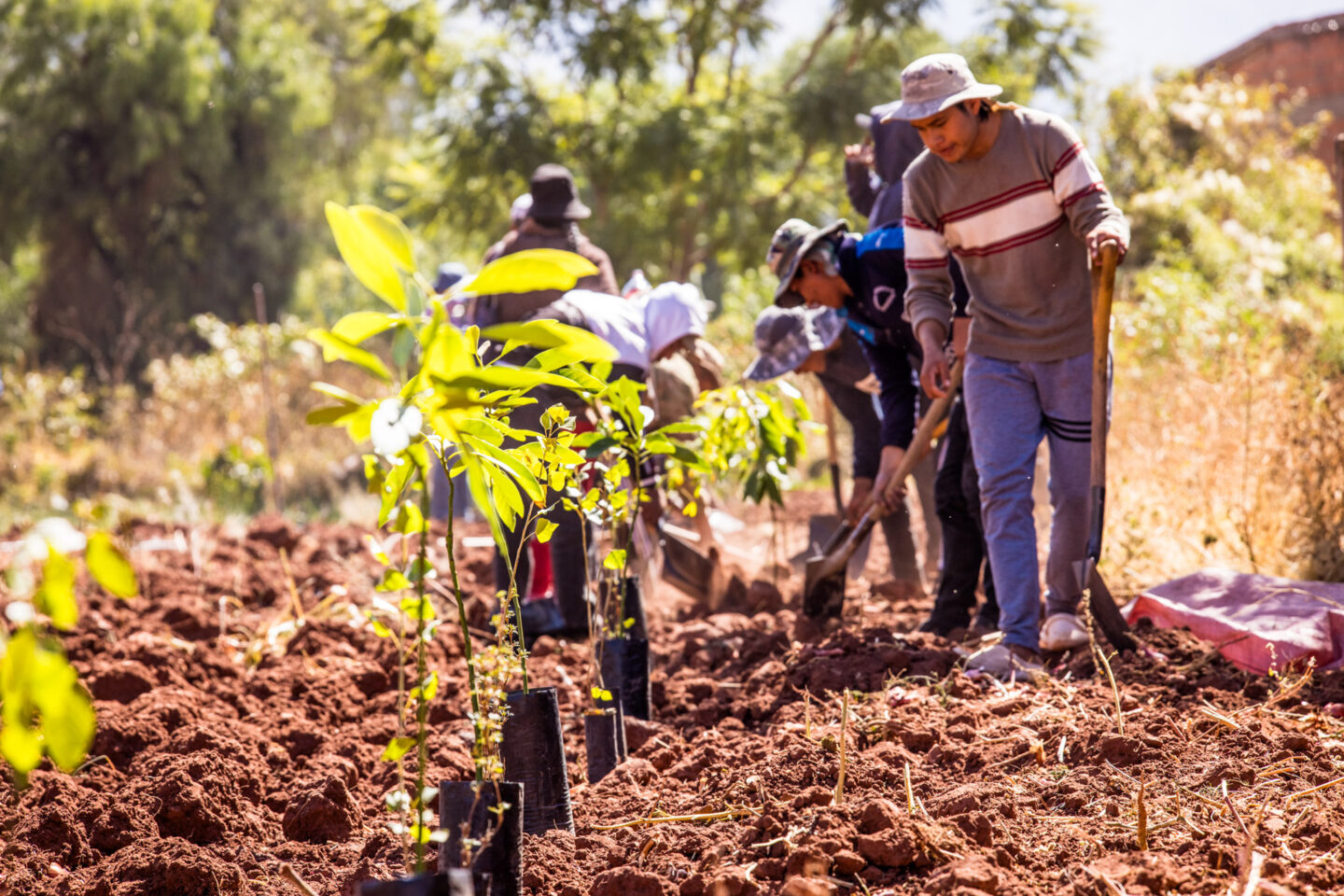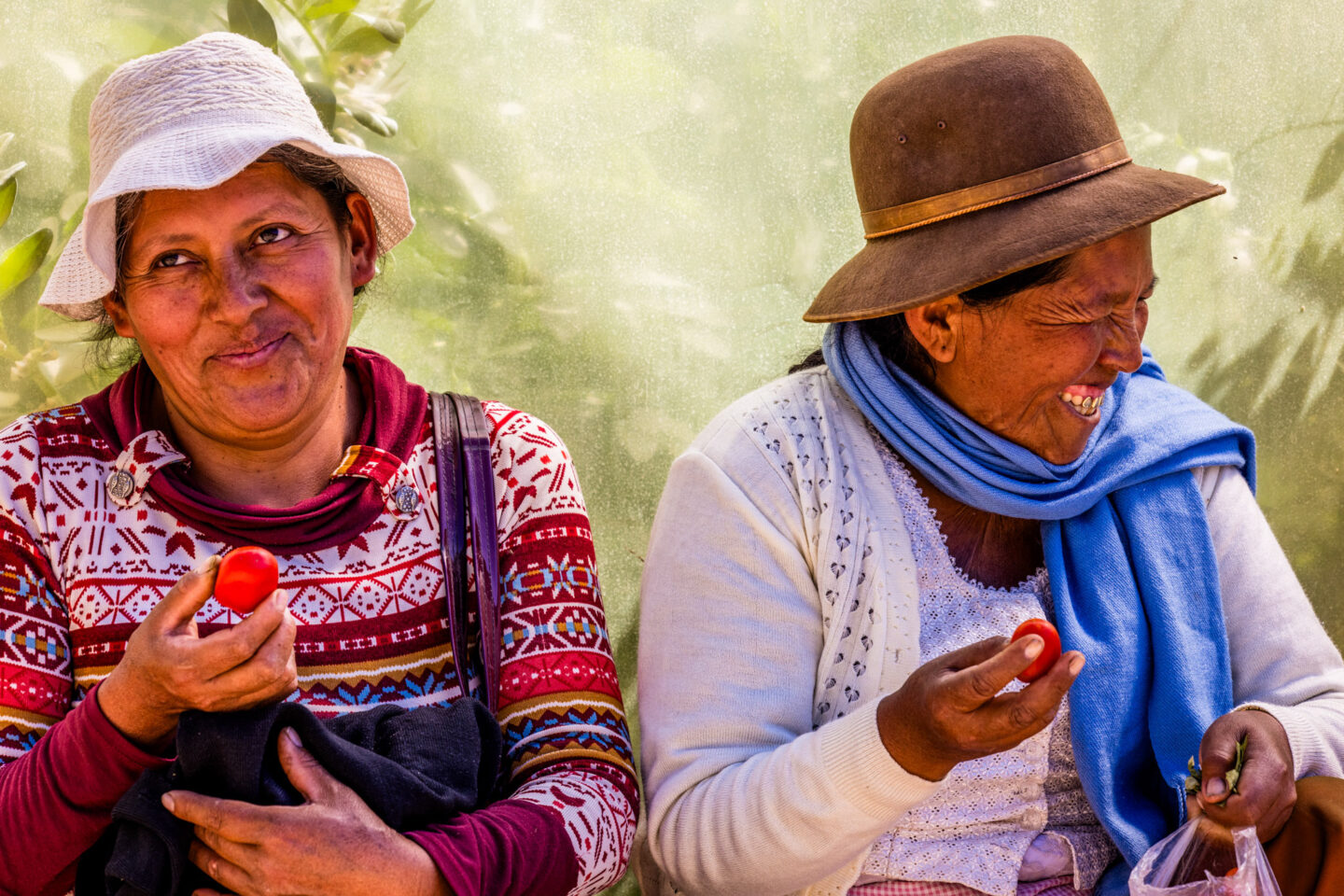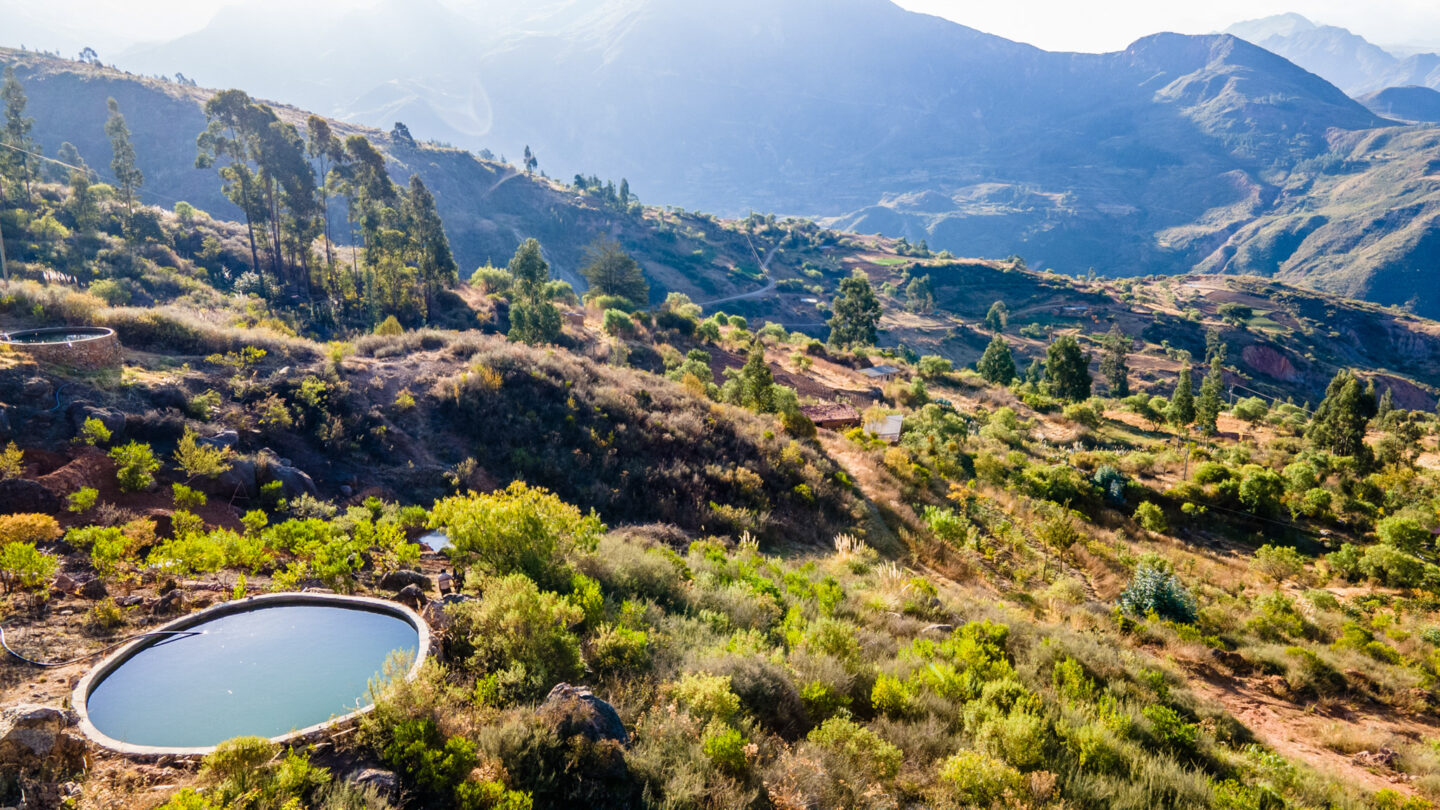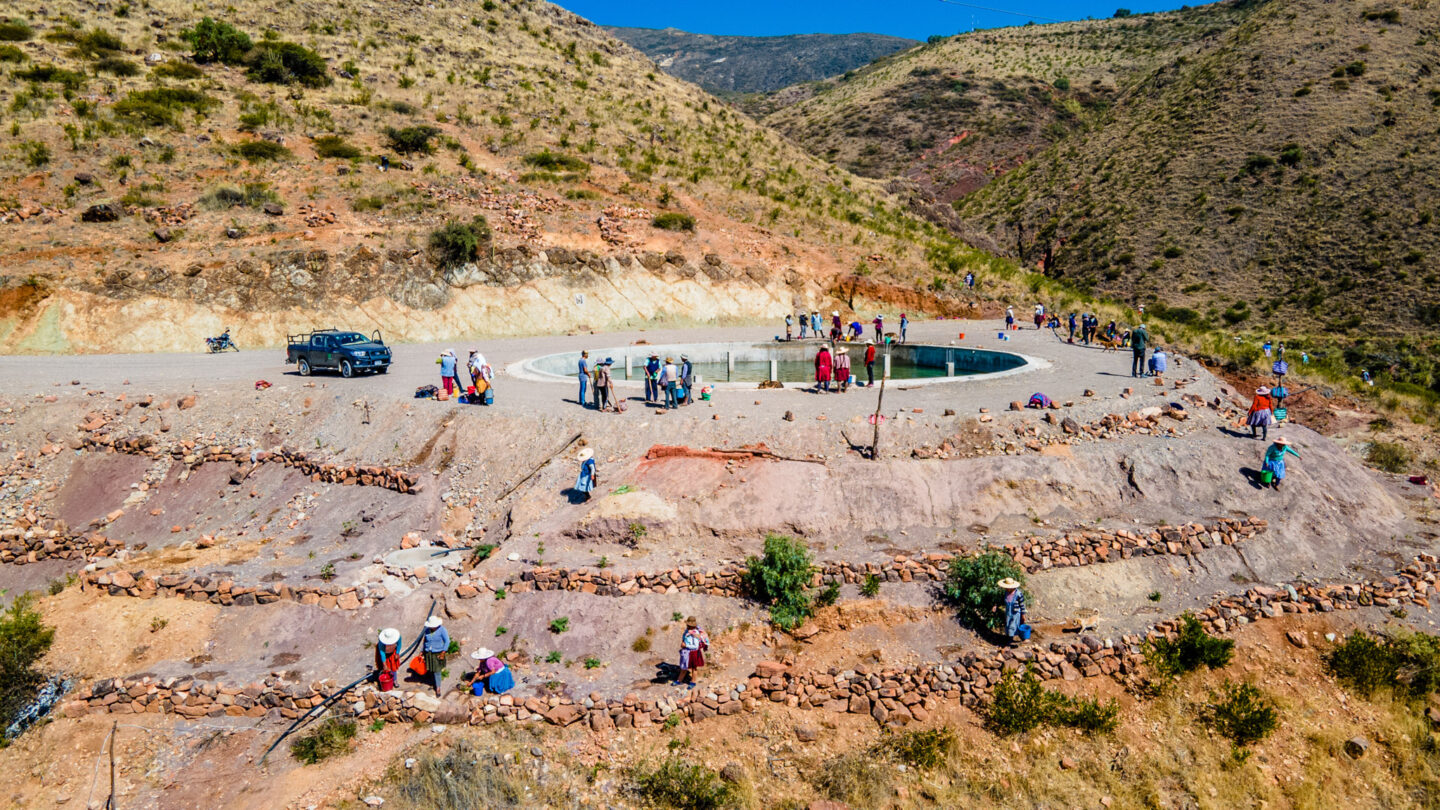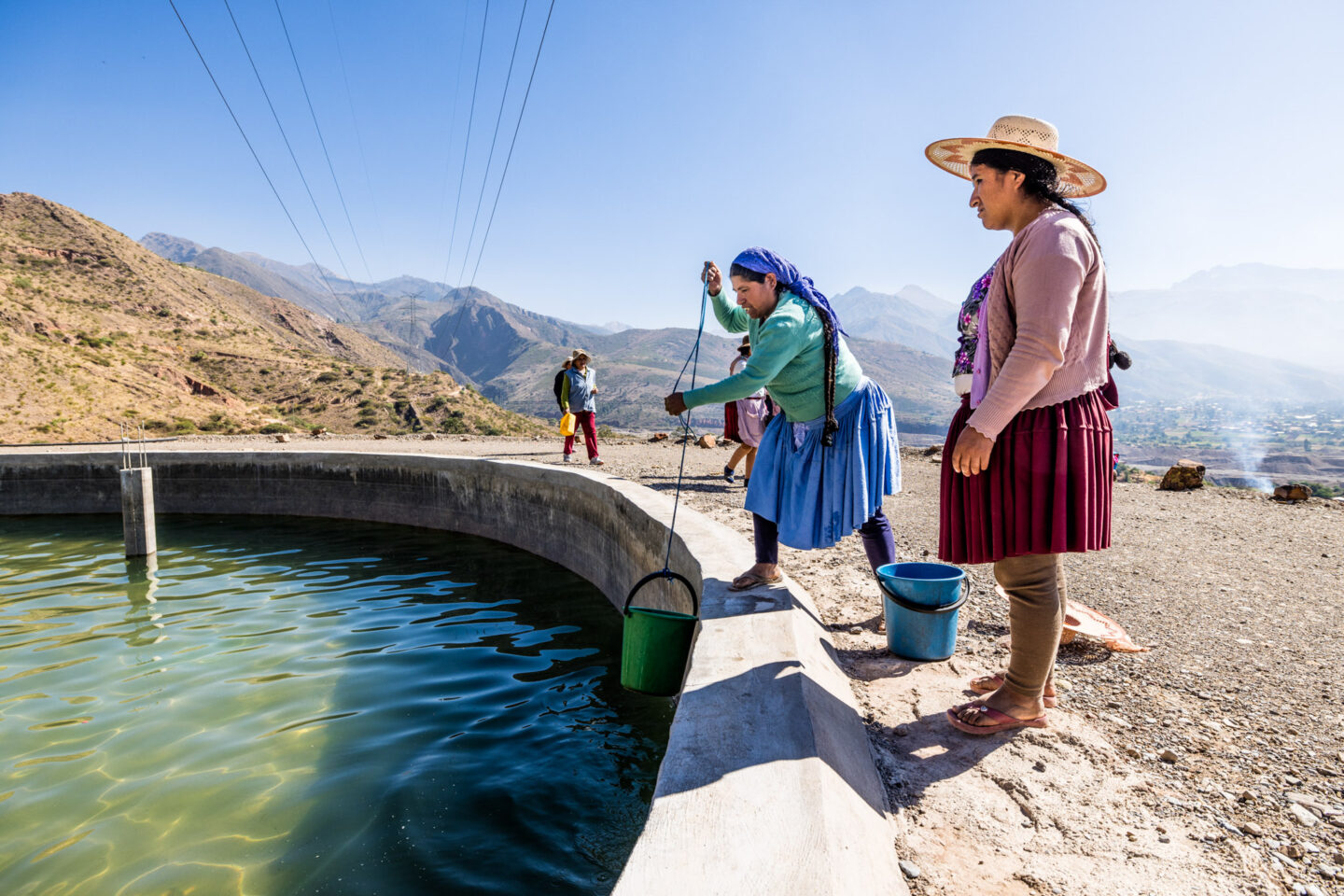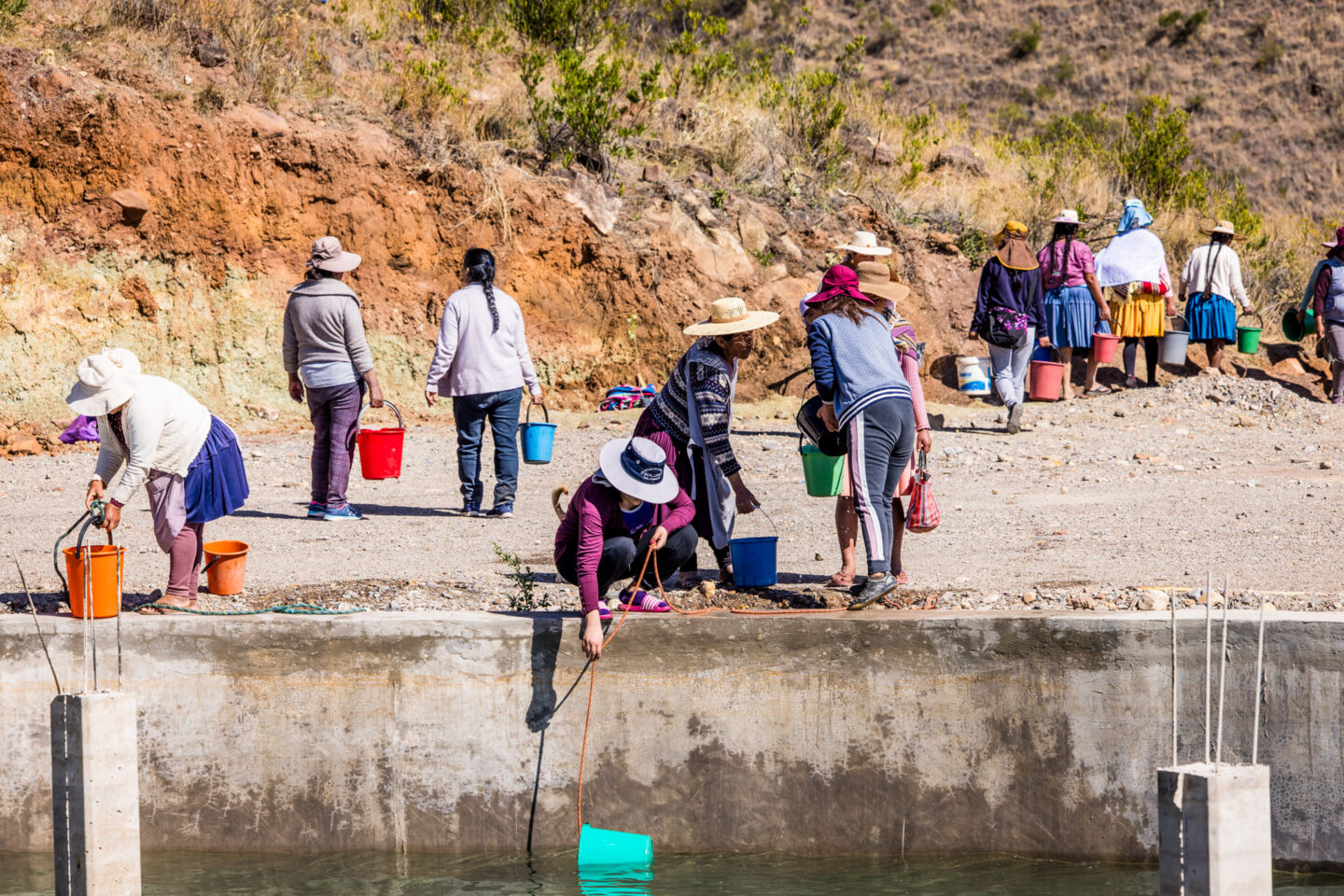2. Laying out agroforestry plots
For another thing we support farmers and their families to make the switch to agroforestry. They plant indigenous trees and fruit trees on their land, interspersed with vegetables, fruit and other crops.
The trees and crops stimulate sound, strong and fertile soil, which stores and washes down water better. This way, it is going to be a sustainable alternative for traditional use of land, such as animal husbandry or agriculture.
Besides, the variation in crops makes people considerably less dependent on one type of food. Is one type in difficulty? In that case, there will be plenty of other food to live on or4 to sell in the marketplace. As a result, both their certainty of food and their income will increase.
